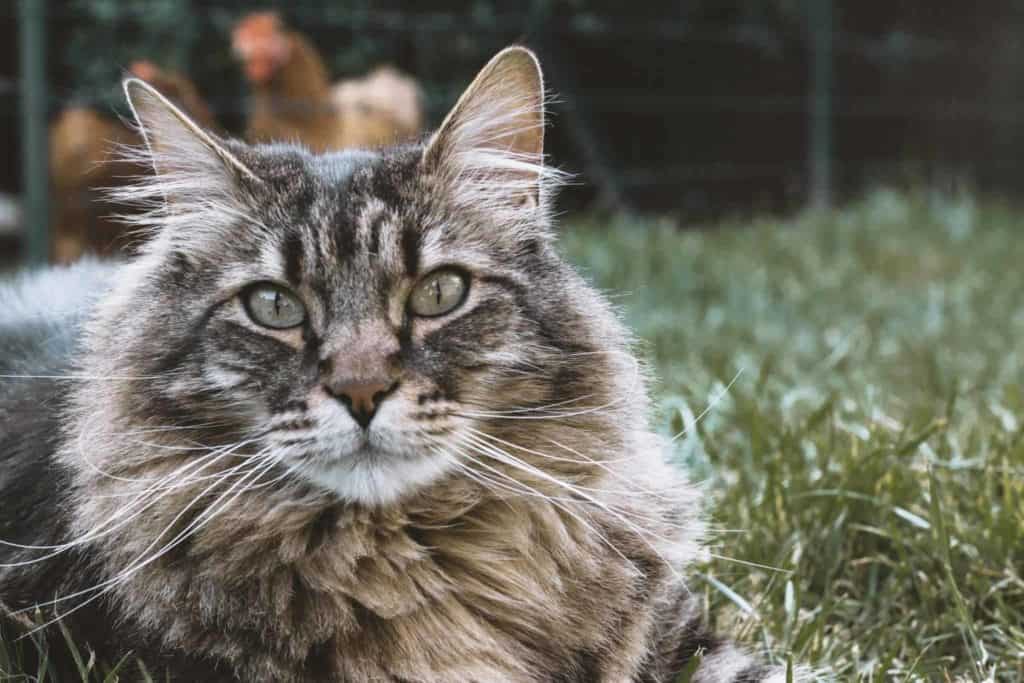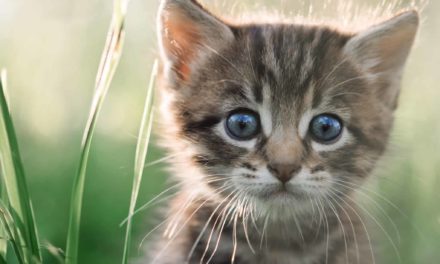
Photo: Elsa Noblet/Unsplash.com
Cats and Toxic Plants in Australia
Keep your pet safe from toxic plants and household poisons is the topic of our three-part blog series. If you have a dog, we recommend you check out part one ‘Dogs and Toxic Plants‘. In part two, Kevin Crawshaw has researched into cats and toxic plants in Australia. Kevin has done the hard work for us and put together a list of plants that can be toxic to cats with varying degrees of danger to their life and health.
Cats are more likely to remain close to their territory even if they are allowed to roam. However, there are still many plants that are potentially dangerous out there, so it’s well worth taking the time to check out the list below to see what can be found in Australia.
These plants on our list are commonly found in our suburban gardens and outdoor areas. Care should also be taken when choosing indoor plants as some of these can cause serious health effects to cats. The list is a guide only and by no means fully comprehensive, so look at the resources below or talk to your veterinarian for more information. If your cat shows any signs of illness including vomiting, drowsiness, diarrhoea or breathing difficulties, take your pet to the vet immediately.
Cats and toxic plants in Australia list
| Scientific Name | Common Name(s) | Possible effect on your cat |
|---|---|---|
| Tulipa/Narcissus spp | Tulips (any part although the bulb is the most toxic) | Vomiting, diarrhoea, black or bloody stools, bruising, yellow discolouration to skin, seizures and liver failure |
| Aloe Barbadensis Miller | Aloe Vera | Vomiting, depression, diarrhoea, anorexia, tremors, change in urine colour |
| Lillium / Hemerocallis spp | Asian or Oriental Lily | Lethargy, hiding, vomiting, diarrhoea, halitosis, dehydration, inappropriate urination or thirst, seizures and can lead to death in severe cases |
| Colchicum autumnale | Autumn crocus, meadow saffron or naked lady | Drooling, vomiting, gastrointestinal bleeding, bloody diarrhea, etc.), liver and kidney damage, respiratory failure, central nervous system signs (e.g., seizures), and even death in severe cases |
| Strelitzia | Bird of Paradise | Laboured breathing, eye discharge and digestive discomfort |
| Narcissus | Daffodil, Jonquil | Vomiting, salvation, diarrhoea; large ingestions cause convulsions, low blood pressure, tremors and cardiac arrhythmia |
| Colocasia | Elephant Ears | Increased salivation, difficulty swallowing, oral irritation, and vomiting |
| Asparagus sprengeri | Emerald Feather | Vomiting, Diarrhea, abdominal pain, Berries are more toxic than the foliage with symptoms being more severe |
| Gladiolus | Gladiola | Salivation, vomiting, drooling, lethargy, diarrhoea |
| Hyacinthus | Hyacinth | Drooling, nausea, vomiting, diarrhoea, increased heart rate, difficulty breathing |
| Cycas revoluta | Sago Palm, King Sago, Sago Cycad, Japanese Sago Palm | Extremely poisonous with one seed leading to diarrhoea, drooling, vomiting, black (bloody) stools and possible death |
| Azaleas | Rosebay, Rhododendron | Vomiting, diarrhoea, hyper salivation, weakness, coma, hypotension, depression, cardiovascular collapse and death in severe cases |
| Begoniaceae (family) | Begonia | Oral irritation, intense burning and irritation of mouth, tongue and lips, excessive drooling, vomiting, difficulty swallowing |
| Dianthus caryophyllus | Carnation | Mild gastrointestinal signs and mild dermatitis |
| Euphorbia pulcherrima | Poinsettia | Irritating to the mouth and stomach, sometimes causing vomiting, but generally over-rated in toxicity |
| Convolvulaceae | Morning Glory | Hallucinations, gastrointestinal upset, agitation, tremors, disorientation, ataxia, anorexia |
| Sansevieria trifasciata | Mother-in-law's Tongue | Nausea, vomiting, diarrhoea |
| Tradescantia scillamontana | Pussy's ears | Vomiting, lethargy,drooling and seizures |
| Dracaena Marginata | Dragon Tree | Drooling, vomiting, weakness, lack of coordination and dilated pupils |
| Asparagus aethiopicus | Asparagus Fern | Vomiting, diarrhoea and gastrointestinal upset |
| Rhododendron spp | Rhododendron, Azalea | Loss of appetite, repeated swallowing, excessive salivation, nasal discharge, bloating or vomiting, abdominal pain, frequent defecation. |
More resources on cats and toxic plants in Australia
http://www.rspcavic.org/cats-toxic-plants
http://www.aecvets.com.au/docs/Common-Plants-Toxic-to-Dogs-and-Cats-NATIONAL.pdf
https://www.rspcansw.org.au/learn/pet-hazards/toxic-plants-for-pets
http://www.petpoisonhelpline.com/poisons/
If your cat shows any signs of illness, take your cat to the vet immediately!






